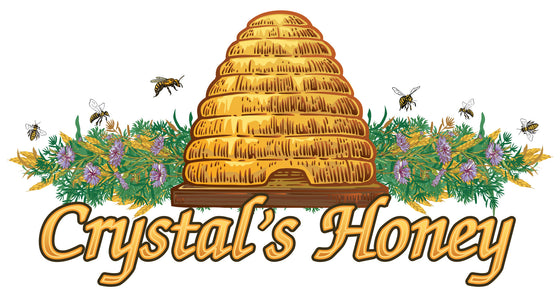Honeybees are extraordinary insects, and they’re responsible for many necessary environmental processes. Although beekeepers help them indirectly, bees work together to maintain their hive and make delicious honey. Interestingly, most substances bees produce can benefit humans and many other animals. Whether you’re a beekeeper or have an interest in bees and what they produce, follow along to learn the differences between beeswax and honey.
Beeswax Is a Building Material
Inside a beehive, there are various frames of brood and honey. However, the bees must have a storage method. That said, beeswax is the perfect building material; it’s shapeable but sturdy. Honeybees shape their wax into a hexagonal pattern to save space in their hive, then the workers fill the cells with honey, and the queen lays her eggs in them.
Honey Is a Food Source for Bees
Honey is a super-sweet substance that bees make as a food source. Although beeswax is an amazing substance, bees don’t eat it. On the other hand, honey is a source of sugar; therefore, it’s an excellent food source for everyone. Because raw honey doesn’t spoil or expire, bees make and store it in wax cells so they have enough food to survive the winter months.
The Chemical Makeup
Now that you know the basic differences between beeswax and honey, you should also understand the chemical makeup of each substance. Follow along to learn more.
Beeswax
Beeswax isn’t honey, but it’s a result of bees eating honey. Interestingly, bees’ bodies secrete this yellow-colored substance after eating honey. Beeswax is relatively solid, but it’s easy to mold and shape when it’s warm. The unique consistency of beeswax comes from its makeup, which is hydrocarbons, esters, and cerotic acid.
Honey
Bees collect nectar from plants and flowers, passing it to one another to transform it into honey. Nectar contains a significant amount of water, but bees fan it with their wings until most of it evaporates. The end result—honey—is approximately 15 percent water and 85 percent fructose and glucose. Although honey is mostly the same, the flavor profile, color, and aroma depend on the source of the nectar.
Beeswax Is Good for Candlemaking
Because beeswax is relatively solid, it’s the perfect substance for candlemaking and other homemade projects. Almost everyone loves candles, and candles made with beeswax burn longer, cleaner, and steadier. If you don’t love heavily scented candle options, consider buying bulk raw beeswax and making your own.
Now that you know the differences between beeswax and honey, you have more bee knowledge to share with your friends and family. If you’re looking for high-quality honey and other bee products, visit Crystal’s Honey online.
